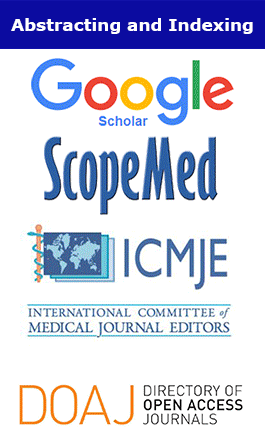Merits of endonasal endoscopic dacryocystorhinostomy: a case series
T. inesh ingh, yothi amakrishna, ara hreen, Naima egum, andeep . ishwakarma, Aleem A. han
Abstract
Dacryocystography produces an image of the lacrimal sac and nasolacrimal duct (NLD) and is especially helpful in patients with suspected anatomic abnormalities like (a) congenital anomalies such as lacrimal sac diverticula and (b) patients who have had prior trauma (or) surgical procedures. Initial conservative dilation of the NLD having failed, the ophthalmologists were left with no option but to perform the conventional dacryocystorhinostomy (DCR), which requires an external incision resulting in a facial scar and is a long and fairly complicated procedure, requiring the use of operating microscope or loupes. DCR) is a surgical procedure done to drain the lacrimal sac in instances of intrasaccular and postsacular obstruction. Endonasal endoscopic DCR is now being performed as a primary procedure or for revision of failed cases of external this year. In this study, the efficacy of this procedure as a day case procedure and results of patients undergoing surgery with the 3 month follow-up are assessed. The study comprises the analysis of 20 patients of epiphora or chronic dacryocystitis who underwent endonasal endoscopic DCR within a period of 1 year. Based on the results, we concluded that endoscopic DCR is a simple, safe and minimally invasive procedure as it is a direct approach to the sac. It can be performed as a day case procedure under local anesthesia and excellent results. There is no need of routine systemic uncinectomy in all cases. Cosmetically, it is acceptable as there is no external scar.



